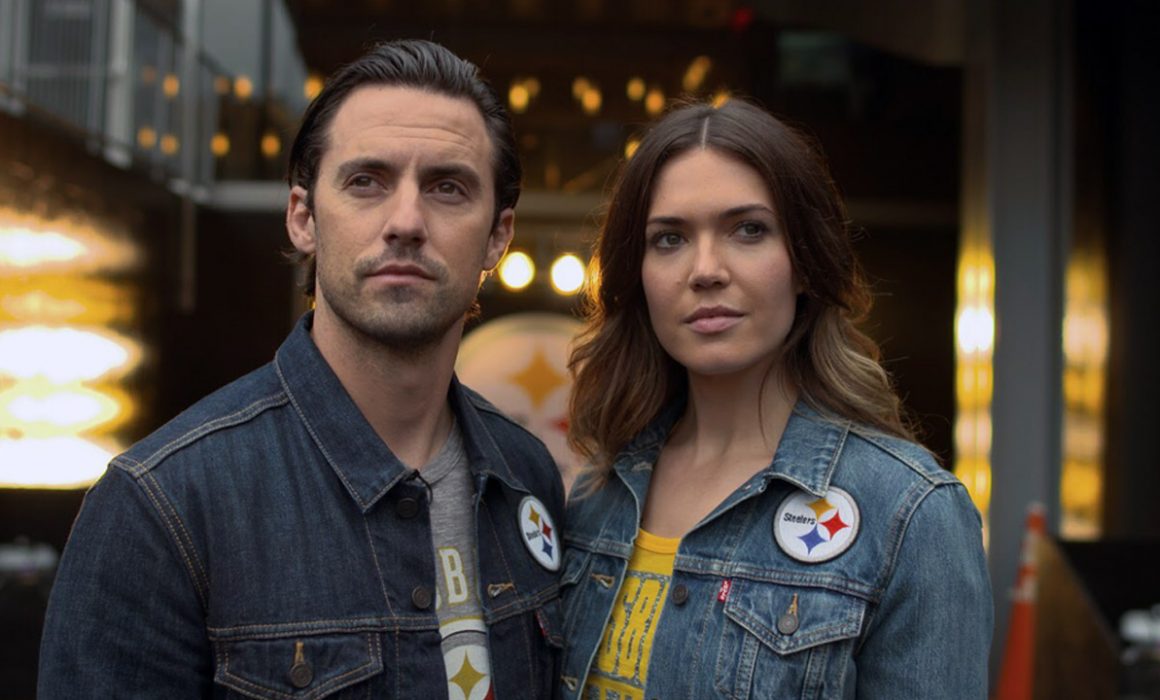Most companies, brands, and commercial/marketing agencies are coming up with very unique ways to capture the attention of their audience through television commercials these days. I’m certain that you can recall specific commercials that stand out above the rest. Through the power of the rhetorical triangle, these branding techniques strategically market themselves to capture their intended audiences’ attention and create brand awareness.
What is the rhetorical triangle? It combines the elements of ethos (credibility and ethics), pathos (emotions and feelings), and logos (logic and reasoning) to influence a persuasive argument. Marketing agencies have long incorporated this ancient persuasive technique to get their message across very effectively.
It’s hard to find any commercial breaks without finding a brand or cause endorsed by a famous celebrity or role model. This is only one tactic of ethos. The brand rests assured in the hands of a trusted figure which helps force the viewer into a sense of trust and credibility. Think of the old Hanes commercials with Michael Jordan, or the popular Troy Polamalu (and now with the recent addition of NFL superstar quarterback Patrick Mahomes) Head & Shoulders commercials.
Doesn’t it feel more trustworthy when popular athletes with master hairdos suggest you try the hair product they’re endorsing?
The idea of pathos is to elicit emotions that will help sway the target audience or listener. One of the more powerful examples is the ASPCA commercial with sad and abused animals in shelters that need a good home while Sarah McLachlan’s “In the Arms of an Angel” plays. What’s sadder and more tear-jerking than that? Pathos can also be used in humorous ways, such as in cases of mistaken identity in Buick’s commercials. They feature people asking how they are going to fit in one model but the other actor stops them and shows them the right solution, a different model of their car.
Commercials that suggest a problem and then present a solution with their product or service are using the power of logos to push their message. This method of persuasion is more fact-based, scientific, and tangible. Lots of car companies are now advertising new safety features in their models because after all, isn’t safety everybody’s number one priority? Such examples incorporate a scenario where a distracted driver may be on a crash course but the car’s new safety feature kicks in, preventing the accident and potentially saving their life. Or, sticking with the car theme, Jeep is constantly pushing their message of superior capability compared to the rest of the competition.
These are just a few brief examples of how commercials use rhetoric to create persuasive advertisements to influence you to buy their products or services. The next time you watch T.V., pay attention to which method is being used in the commercials you watch. Knowing these tools will help you create a more convincing ad the next time you create a commercial, as well.

